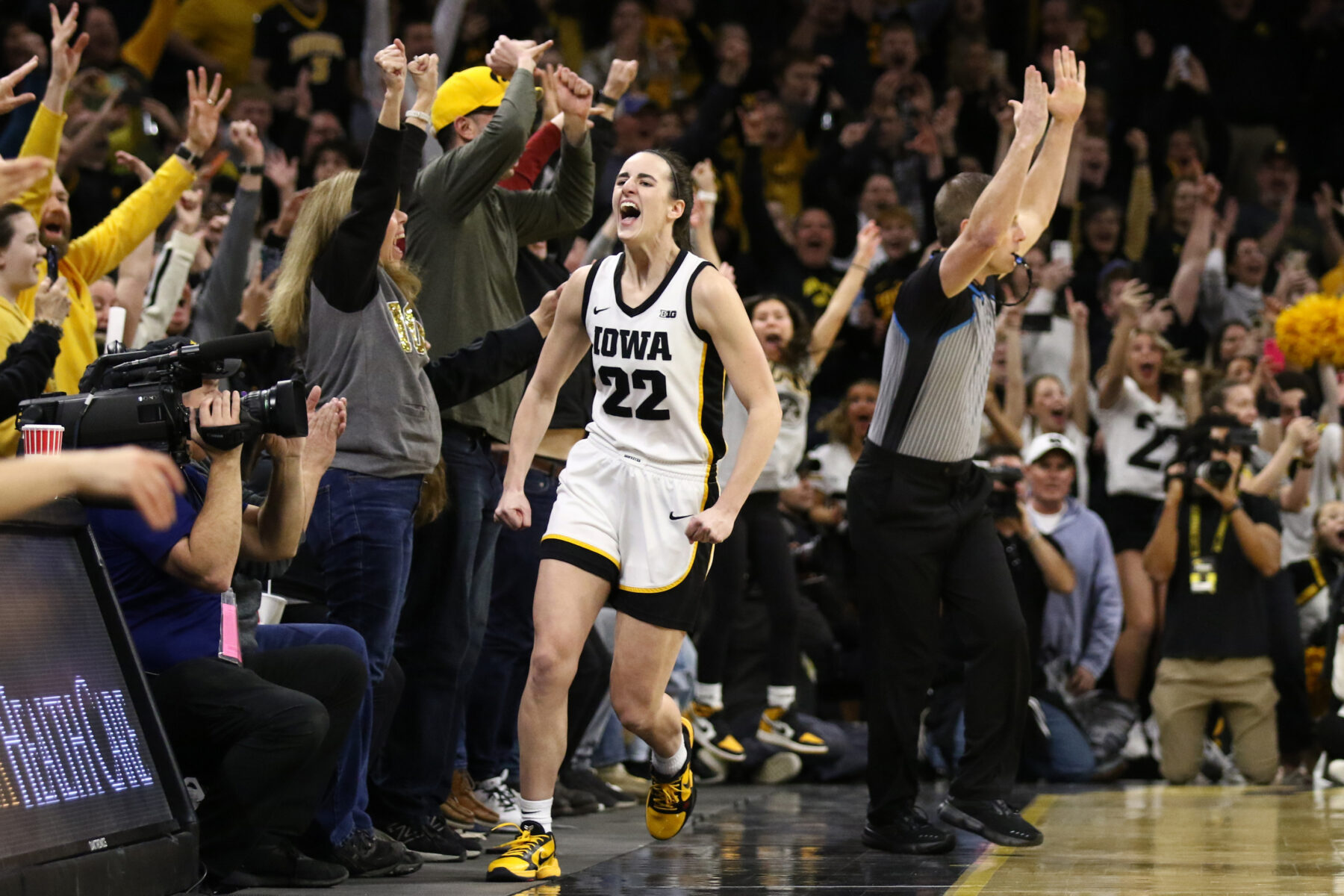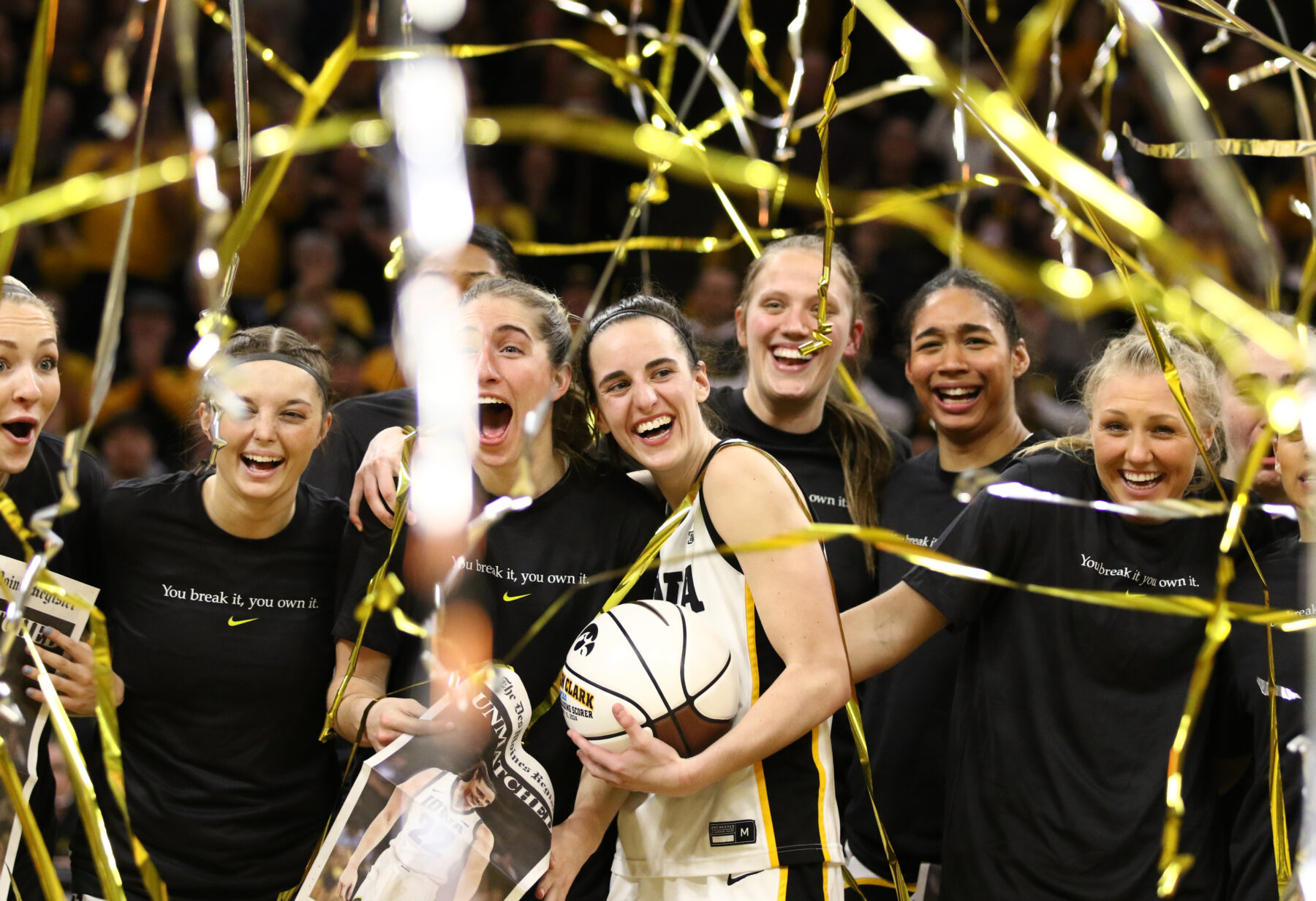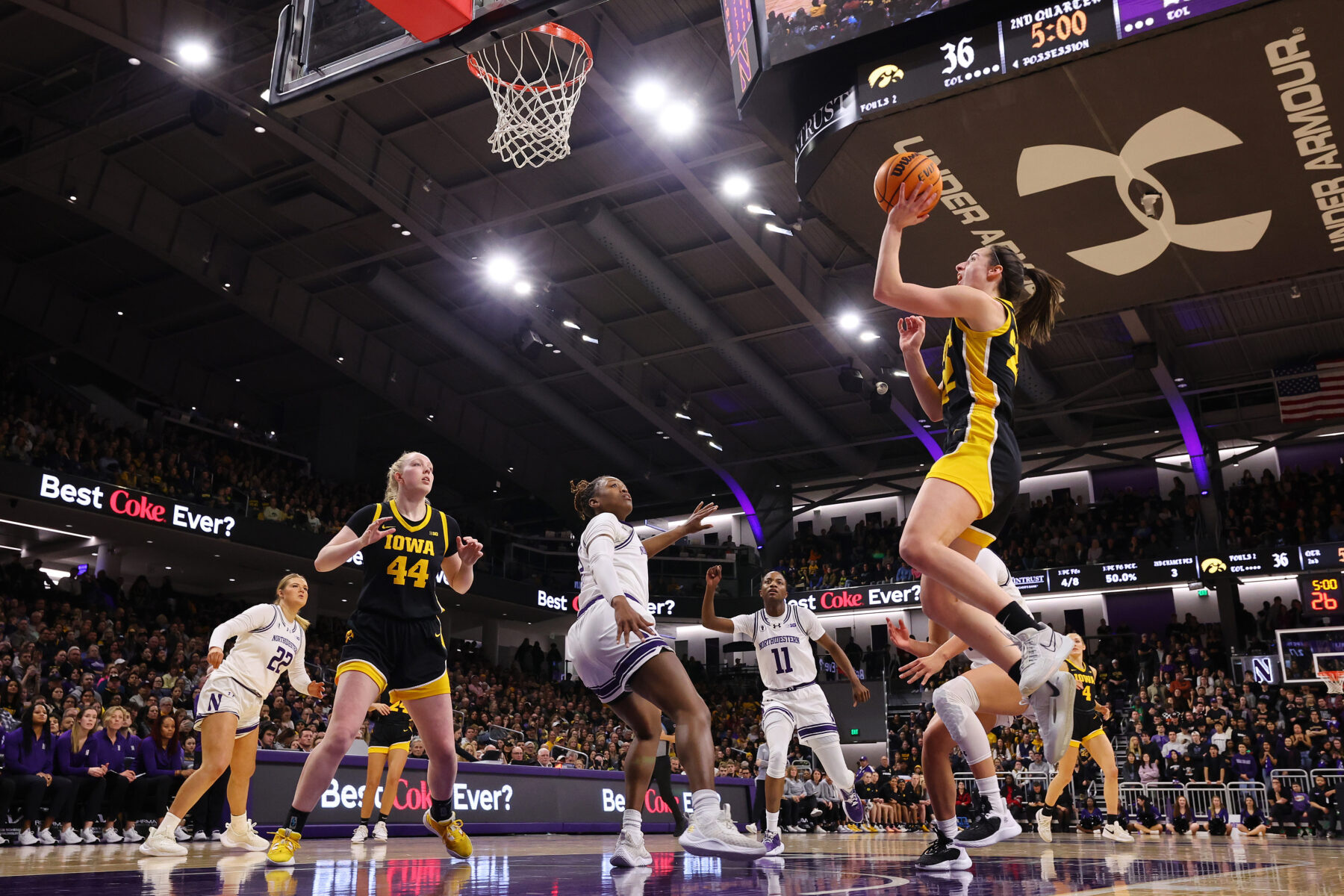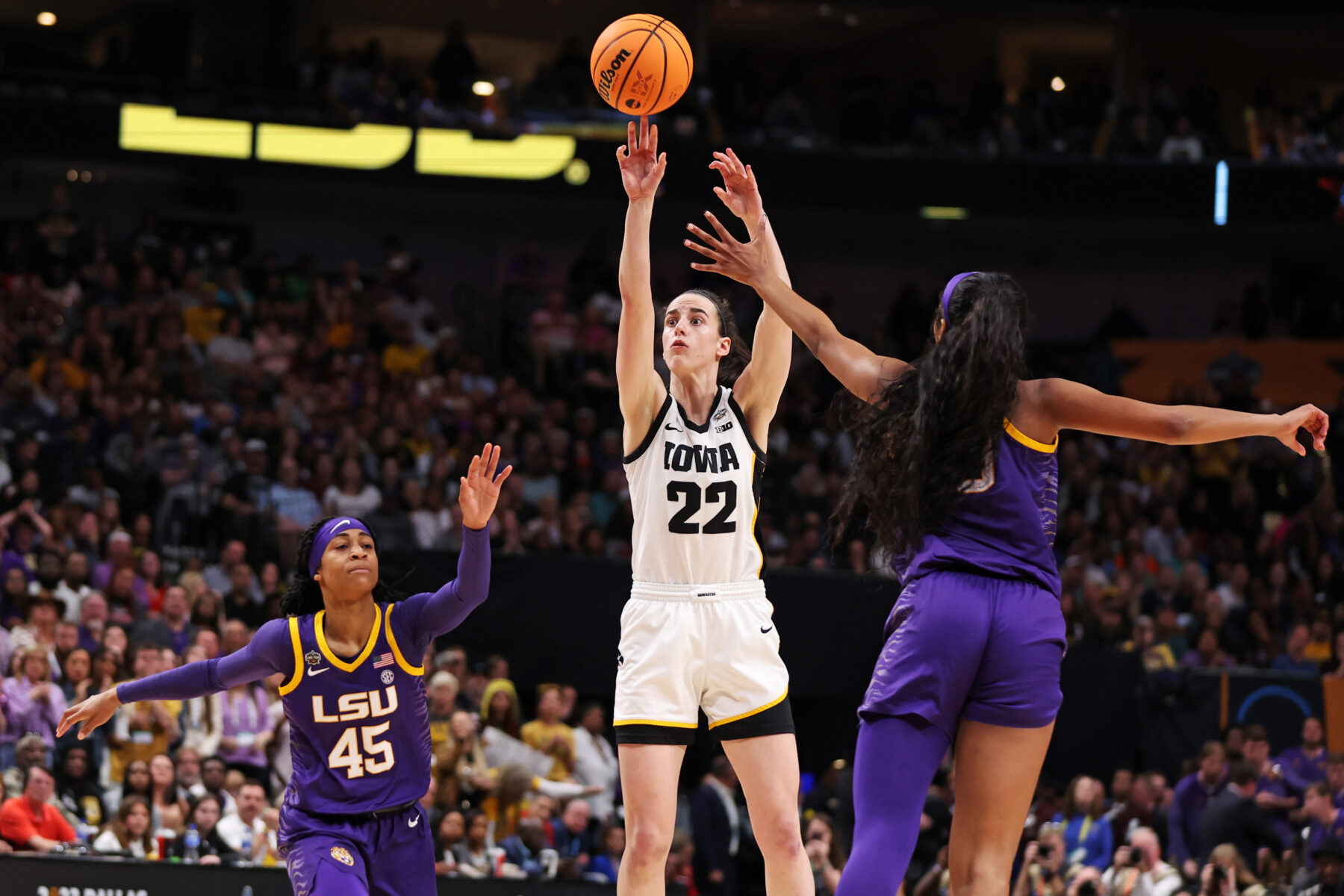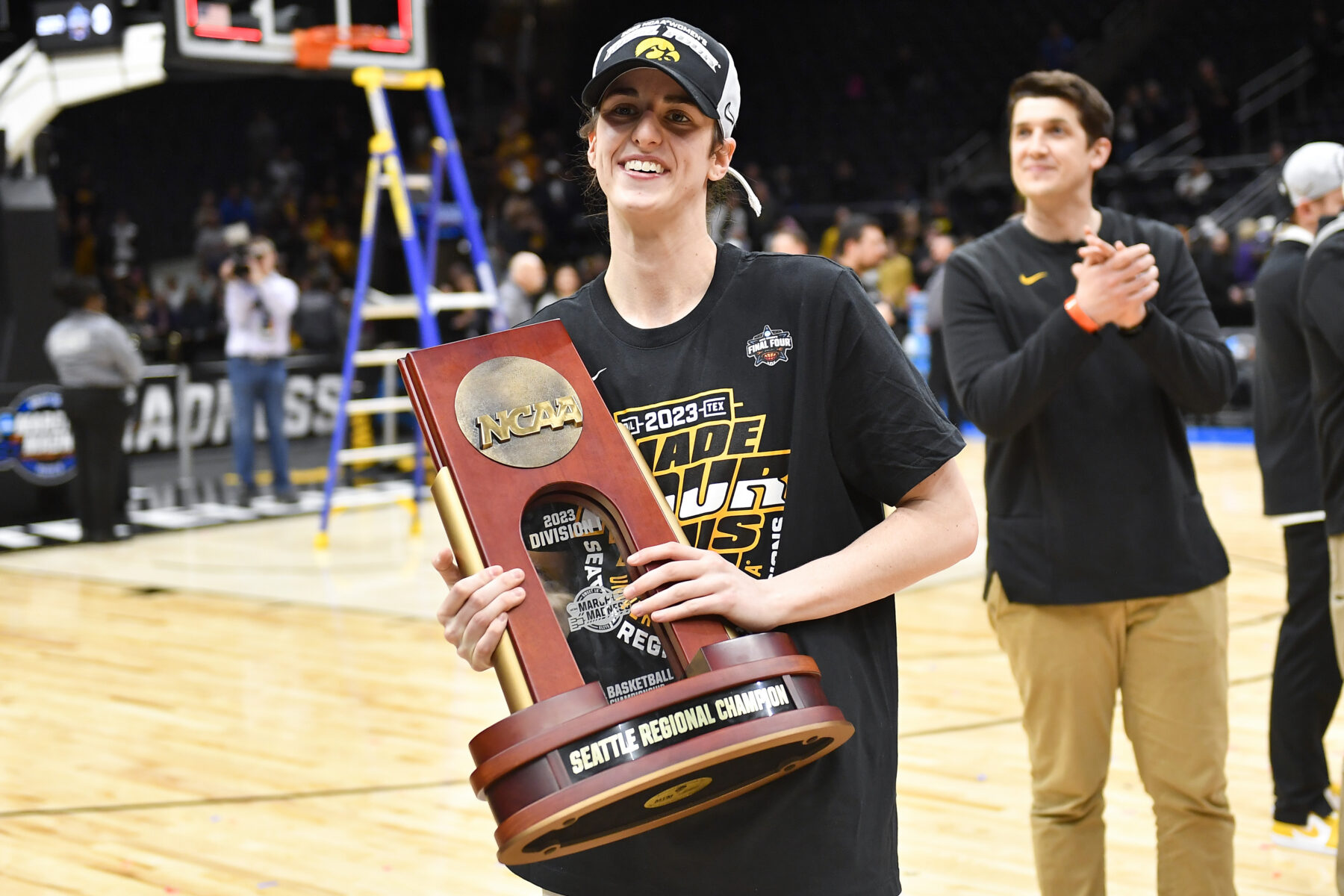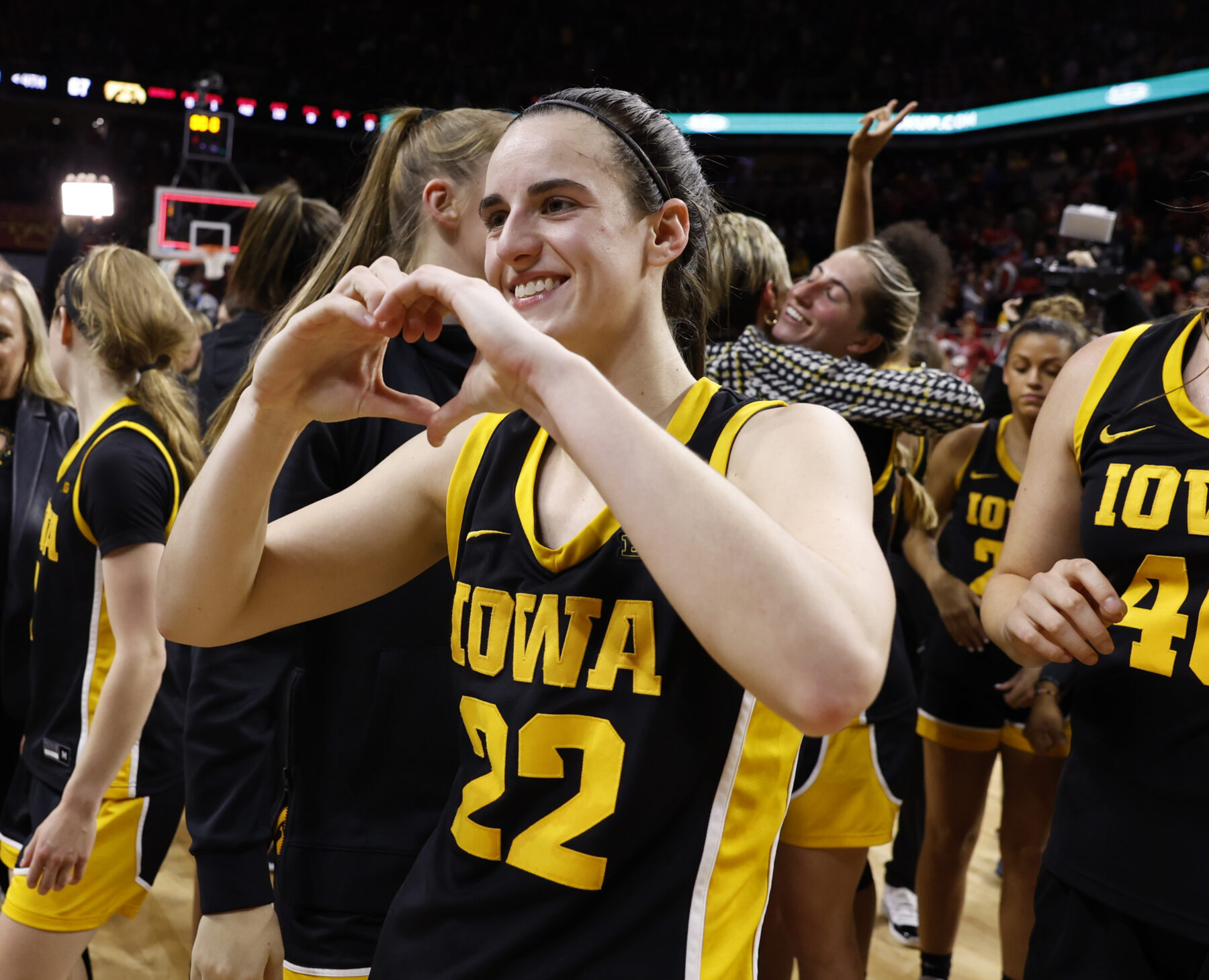Iowa Hawkeyes guard Caitlin Clark became the all-time scorer in NCAA Division I basketball this week, finishing Sunday’s game with 3,685 points and proving yet again that women’s sports are not a sideshow, but the main event. Yet sports media continue to shortchange women athletes on all playing fields, leaving wide gender gaps in visibility and even basic respect.
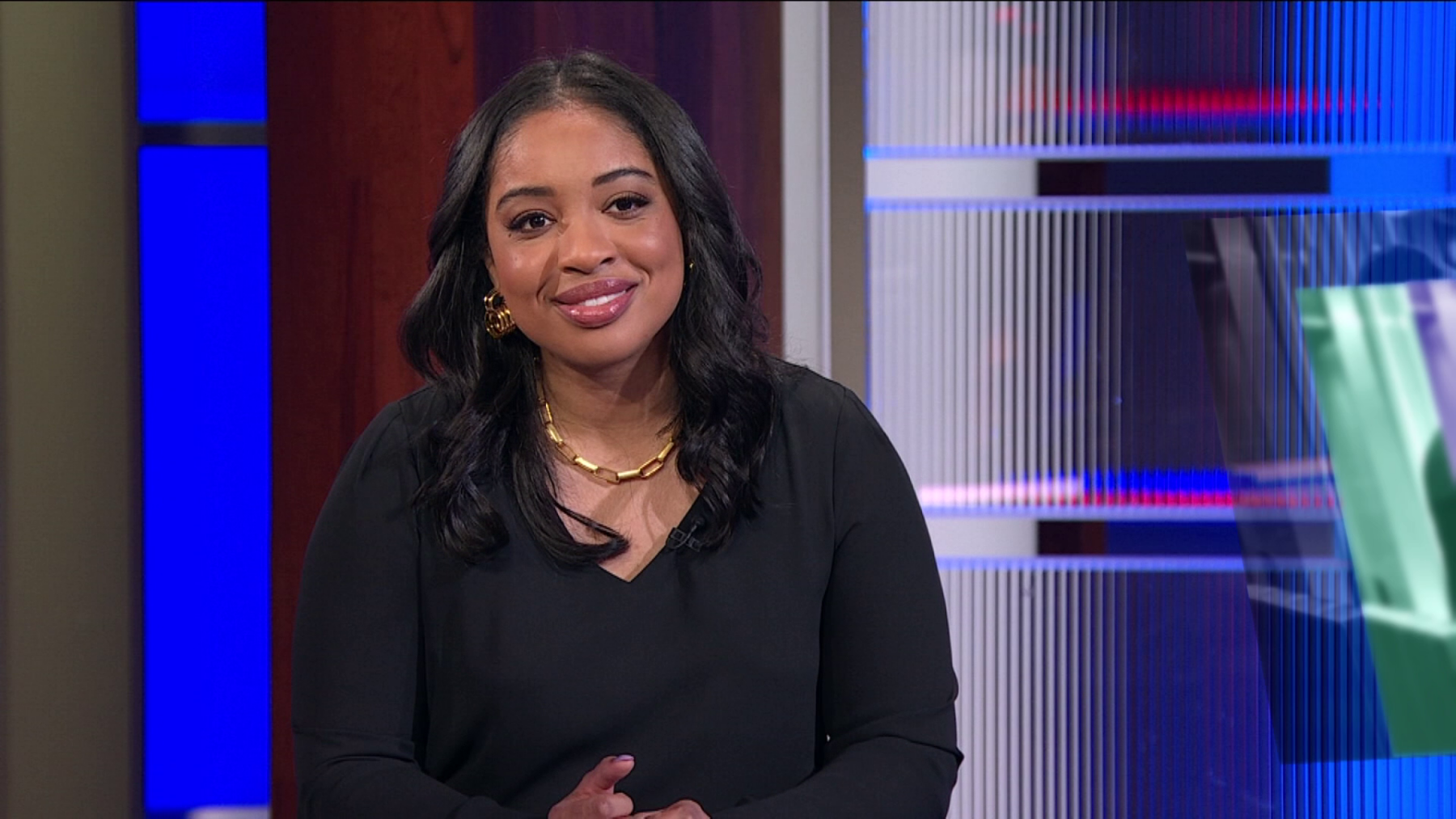
For NBC Sports sideline reporter Zora Stephenson, a former college basketball player who in 2021 became the first woman to call the play-by-play of a Milwaukee Bucks game, failing to cover women athletes is inexcusable negligence.
“People are interested in women’s sports. We need to create opportunities to experience them in person and on broadcast,” Stephenson said.
Watch Stephenson’s video above and read her additional comments below.
You played basketball when you studied at Elon University. What do you enjoy most about the sport?
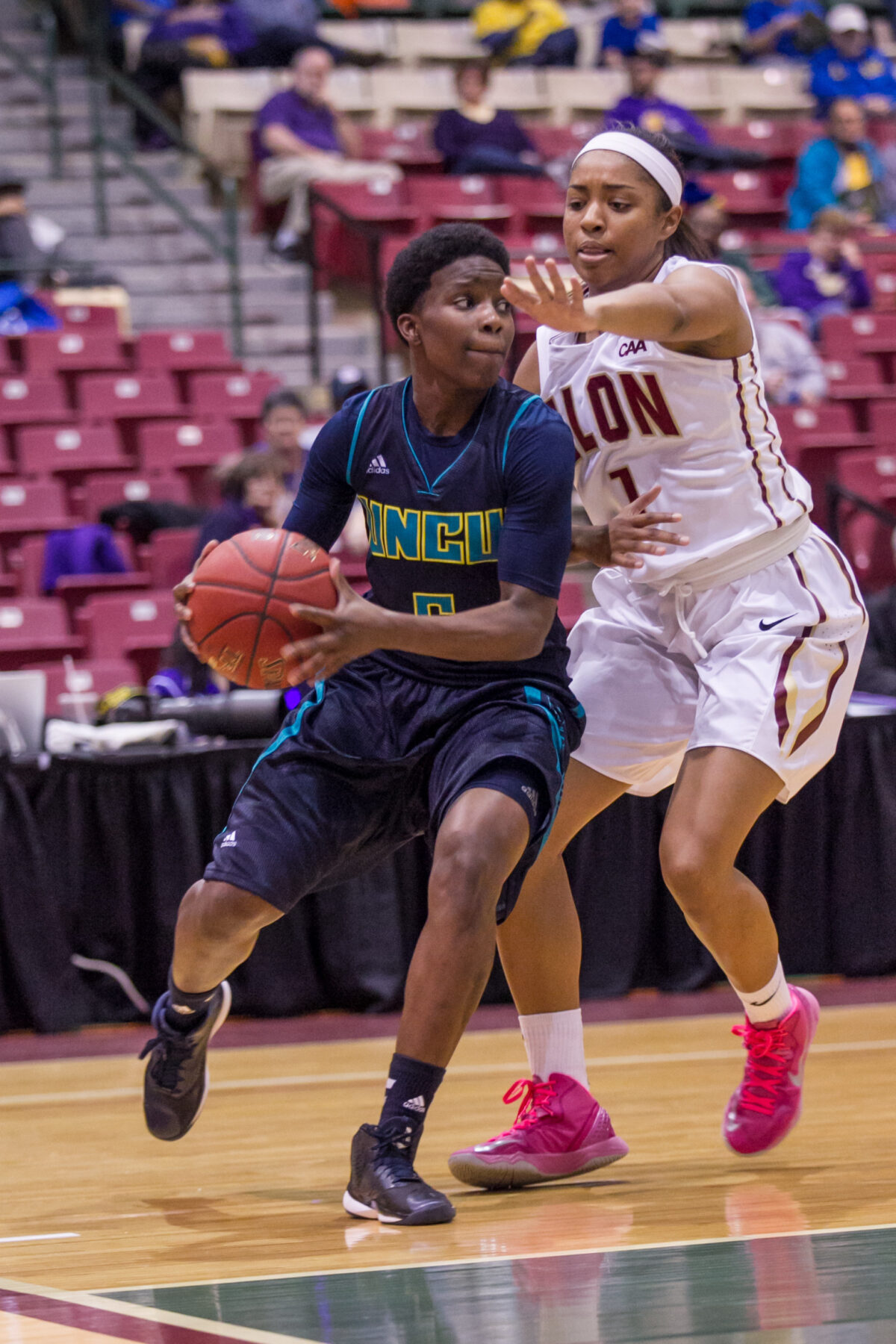
It’s crazy adrenaline when you knock down a basket, whether it’s in the driveway, shooting hoops with your friends or in an actual game. One of the reasons I wanted to get into broadcasting is it reminded me of that same feeling. When that red light comes on, you’ve got to perform on camera. It’s the only thing that reminded me of knocking down a 3-pointer.
Last August, the University of Nebraska’s women’s volleyball team set the world spectatorship record for women’s sports, with 92,003 attendees. Why are more people coming to see women’s sports?
You talk about Nebraska volleyball, even women’s basketball filled up a football stadium for an exhibition game this fall. You have those opportunities, people will come. People are interested in women’s sports. We need to create opportunities to experience them in person and on broadcast.
What is missing from women’s sports coverage?
Volume of coverage is so important. Make sure women’s sports are on major networks. Not just the championship game — the entire journey.
I would love to see diversity of coverage. We want to cover the game, but we also want a pregame show, we want a postgame show, we want halftime, we want analysts and different people giving their opinions. We want discourse around women’s sports because you can have a hot take just like you do with the men. Beat reporters — in the NBA, there’s multiple reporters that just cover one team. I would love to see that in the WNBA.
I don’t want people to think of it as, “I’m covering a woman’s sport or a man’s sport.” We call hoops, hoops.
What’s it like to be a sports broadcaster after being a college athlete?
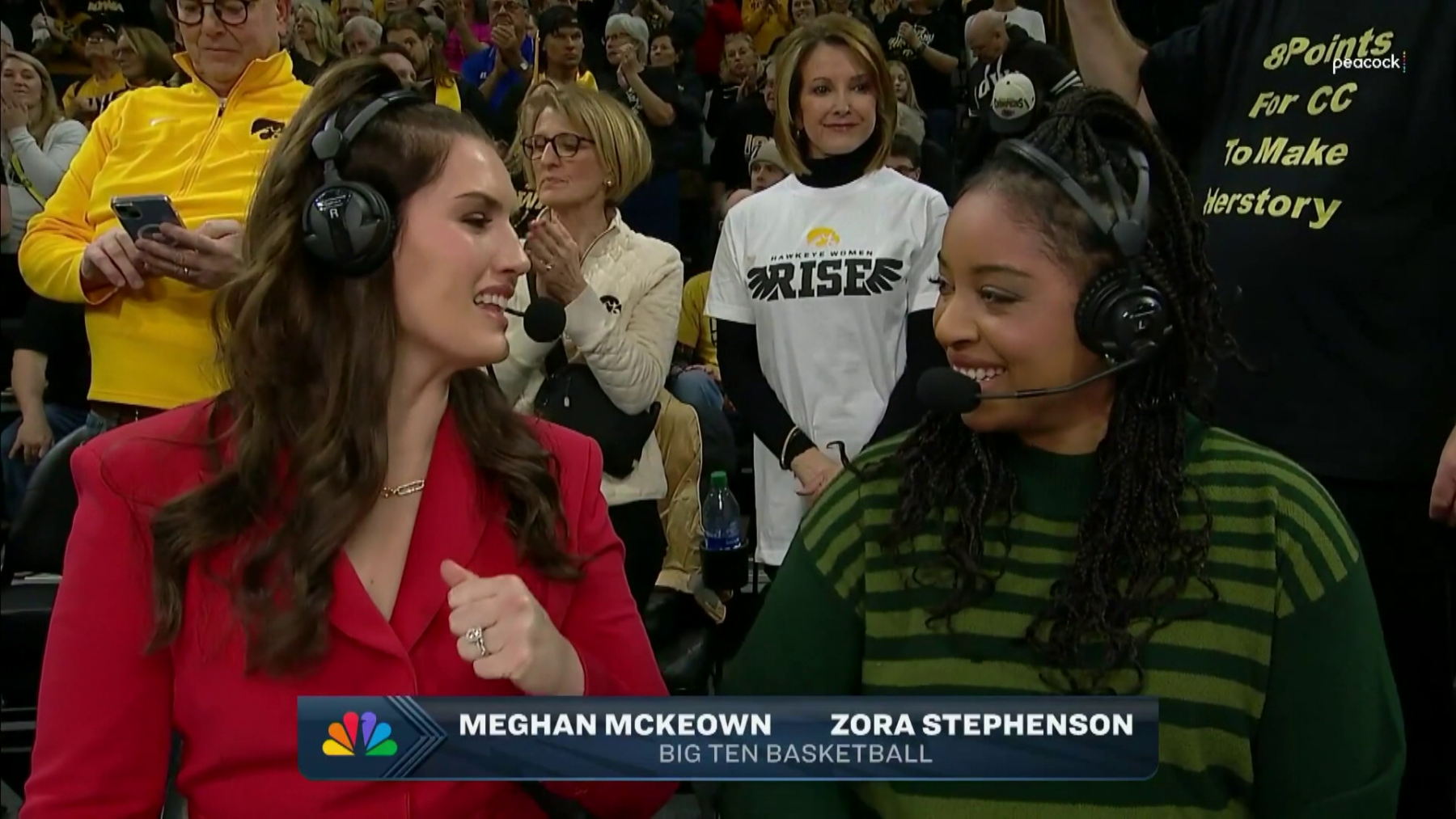
I’m living my wildest dreams right now. I get to host at this set — they do [“Sunday Night Football”] in here! The first time I walked in here, I was like, “Zora, you are in the SNF studio. Like ‘football night in America!'” That’s a blessing in itself.
I got the opportunity to call Caitlin Clark’s game when she broke the NCAA scoring record on the women’s side — she passed Kelsey Plum, [the former Washington Huskies player and current WNBA point guard]. I was on the call with [sports broadcaster] Meghan McKeown, and we just let the moment breathe. You could hear the crowd erupt — it was a sold-out Carver-Hawkeye Arena. We both grew up playing [NCAA] Division I basketball, in gyms where there were, I wouldn’t even say hundreds, maybe dozens of people [at our games] a lot of the time. For the sport to be at this point, and for us to be in this position chronicling it… “gratitude” is the word that comes to mind.


